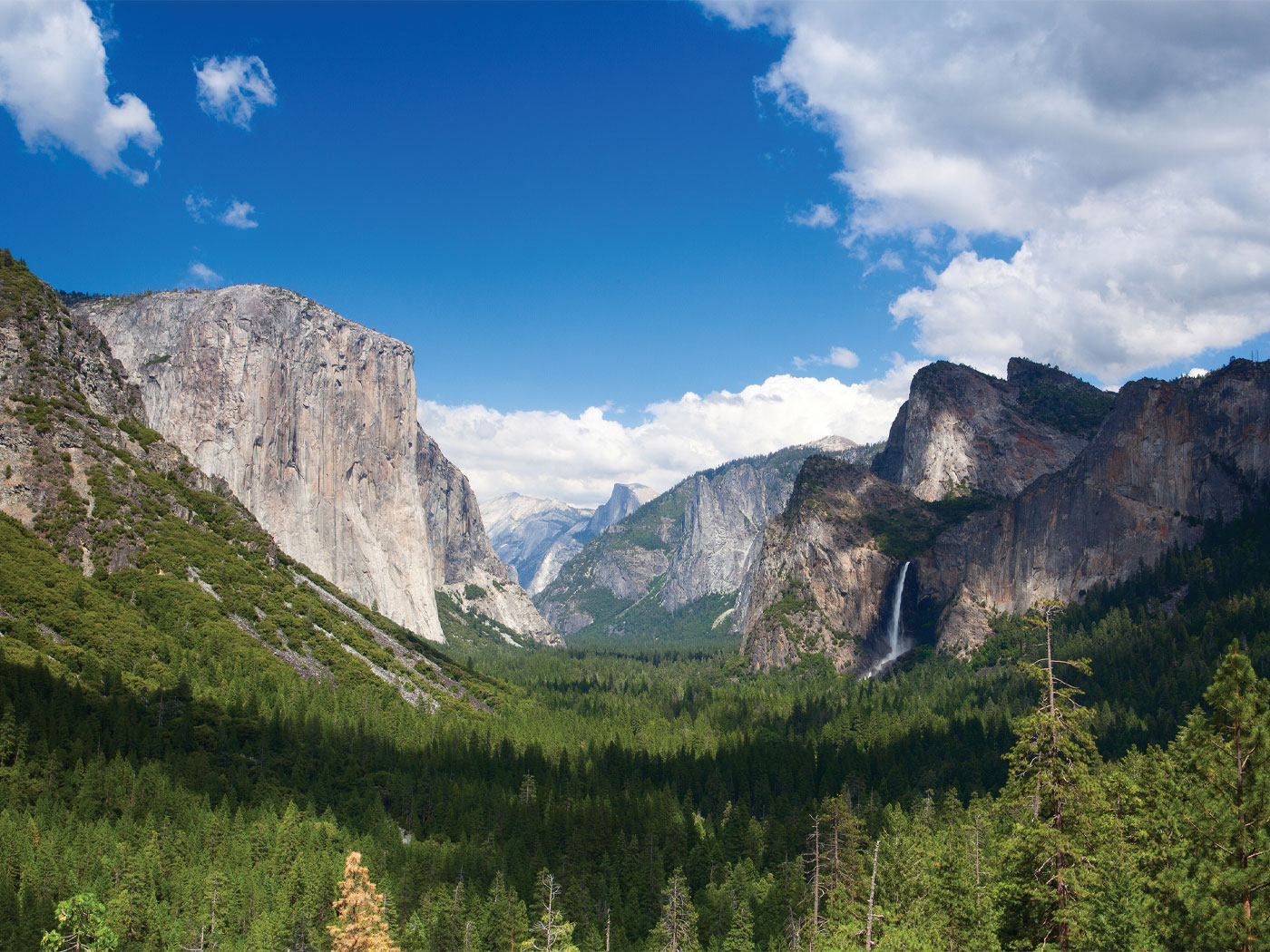Each person is different, and each, except an identical twin, has unique DNA differences. These differences can be traced across global populations and ethnic groups. Furthermore, recent research provides interesting insight about the approximate time that these DNA differences entered the human race.
A new study reported in the journal Science has advanced our knowledge of rare DNA variation associated with gene regions in the human genome.1 By applying a demographics-based model to the data, researchers discovered that the human genome began to rapidly diversify about 5,000 years ago. Remarkably, this data coincides closely with biblical models of rapid diversification of humans after the global flood.
The vast majority of DNA base sequences between any two humans are nearly identical, so the few differences are traceable among people groups. The human genome project has continued to analyze thousands of humans throughout the world for variation in their DNA sequence. Researchers link this variation with many human traits and heritable diseases.2
Typically, this variation is evaluated using single DNA base differences or single nucleotide polymorphisms (SNPs) between individuals and populations. Because of the type of standardized "gene chip" technology commonly used, most SNP analyses evaluate only the most variable parts of the human genome and, therefore, exclude the much less variable protein-coding regions.
The recent Science study analyzed the DNA sequences of 15,585 protein-coding gene regions in the human genome for 1,351 European Americans and 1,088 African Americans.
The data proved ideal for examining the course of human genetic variation over time, partly because protein-coding regions are less tolerant of sequence variation than other parts of the genome; these regions record more reliable, or less "noisy" historical genetic information.
Typically, evolutionary scientists incorporate hypothetical deep time scales taken from paleontology or just borrowed from other authors to develop and calibrate models of genetic change over time.3 In contrast this Science study used demographic models of human populations over known historical time and known geographical space. The resulting data showed a very recent, massive burst of human genetic diversification.
The authors wrote, "The maximum likelihood time for accelerated growth was 5,115 years ago." Old-earth proponents now have a new challenge: to explain why—after millions of years of hardly any genetic variation among modern humans—human genomic diversity exploded only within the last five thousand years?
However, the same data conforms to and dramatically confirms biblical history. Since the author's date represents the maximum time, the actual DNA diversification event probably occurred even sooner. A biblical time scale indicates that a global flood occurred about 4,500 years ago, and this closely correlates with the time scale of the researcher's estimate.
The Bible clearly indicates that modern humans descended from Noah's three sons— Shem, Ham, and Japheth—and their wives. Such a dramatic reduction (bottleneck) in the overall size of the human population would certainly have been followed by a burst of genetic diversity, as it does in many animal populations.4 The genetic data from this research paper spectacularly confirms key biblical events and their Bible-based timelines.
References
- Tennessen, J. et al. 2012. Evolution and Functional Impact of Rare Coding Variation from Deep Sequencing of Human Exomes. Science. 337 (6090): 64-69.
- McCarthy, M. et al. 2008. Genome-wide association studies for complex traits: consensus, uncertainty and challenges. Nature Reviews Genetics. 9: 356-369.
- Thomas, B. Circular Reasoning in Polar Bear Origins Date. ICR News. Posted on icr.org May 9, 2012, accessed July 13, 2012.
- Custance, A. 1980. The Seed of the Woman. Brockville, Ontario: Doorway, 73. Also available online at custance.org.
* Dr. Tomkins is Research Associate at the Institute for Creation Research and received his Ph.D. in Genetics from Clemson University.
Article posted on July 23, 2012.


















